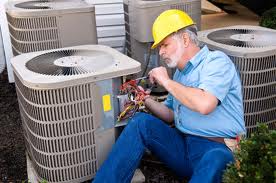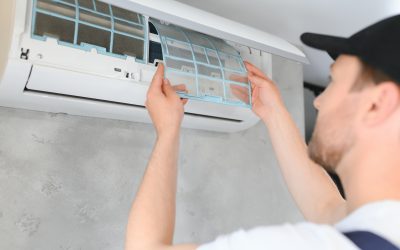Ducted air conditioning systems—commonly referred to as central air—offer you a greater level of control over the temperature of your environment. You might find these systems to be preferable over traditional window and wall A/C units, due to the fact that they offer uniform cooling throughout your home, as opposed to just one area.
When it comes to ducted air conditioning systems, there are a few different types of temperature control for you to choose from. Read on for a closer look at each of the common options.
VAV (Variable Air Volume) System
First up is the VAV air conditioning controller, which is perhaps the most advanced system in terms of customization. This system works in accordance with “zones”, which are essentially different areas or rooms of your home. Depending on how you’d like the temperature adjusted in a particular room, the corresponding ducts will be blocked, either partially or completely. The partial blocking of the ducts allows you to control the airflow into a particular room with greater accuracy, thus giving you optimal control over the temperature of each individual room in your home.
Full Temperature Control
This type of temperature control system operates similarly to the VAV system, save for the fact that airflow cannot be adjusted in individual rooms. This means that unlike with the VAV system, you can’t adjust your kitchen to be cooler than your bedroom, for example. The temperature that you set will be the temperature kept throughout your entire home.
Basic Air Conditioning Controller
A basic air conditioner system includes a thermostat that reads the temperature of the system, usually from within the return air box of the unit. The unit will cycle off when the thermostat detects that the room has reached your desired temperature; however, this isn’t always accurate. Often, the air that reaches the return box isn’t as cool as the temperature of the air you’re actually feeling, and thus you’ll continue to get colder before the unit actually cycles off. In general, you’ll want to have your return air box positioned close to a ducted fixed constant, which will allow the conditioned air to reach the air box faster, thus reading a more accurate temperature and ending/beginning your air conditioning cycles accordingly.
With any of the above control systems, you’re able to control the temperature of your environment to your liking. However, it’s important to weigh the pros and cons of each system before you choose one for your home. No matter which you choose, you’ll be able to set your desired temperature for your personalized level of comfort.


